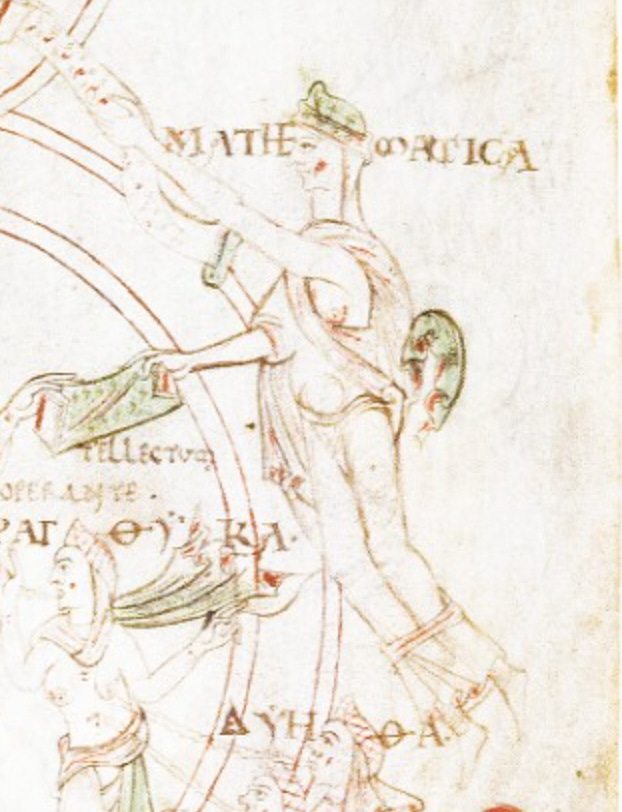Mathematical revolutions

Growing up, I thought the plural of the word 'mathematics' was based on algebra and geometry, the two branches of elementary mathematics I had studied before I had the freedom to say no to maths and to make the biggest mistake of my life. It turns out the English and the French plural noun harks back to the ancient Greek plural based on how Aristotle un…
Keep reading with a 7-day free trial
Subscribe to Biblonia to keep reading this post and get 7 days of free access to the full post archives.

